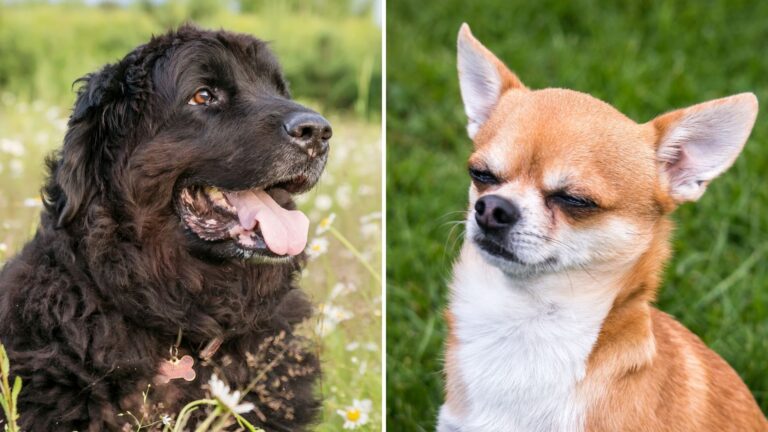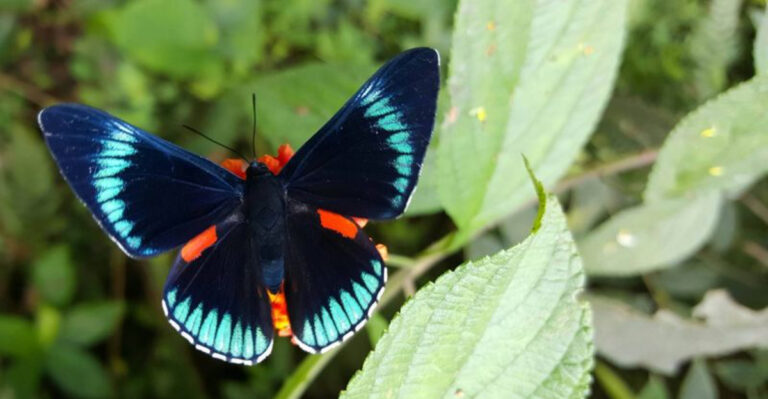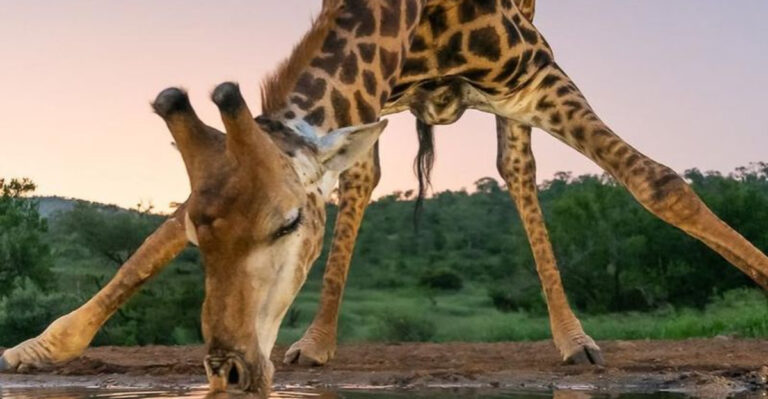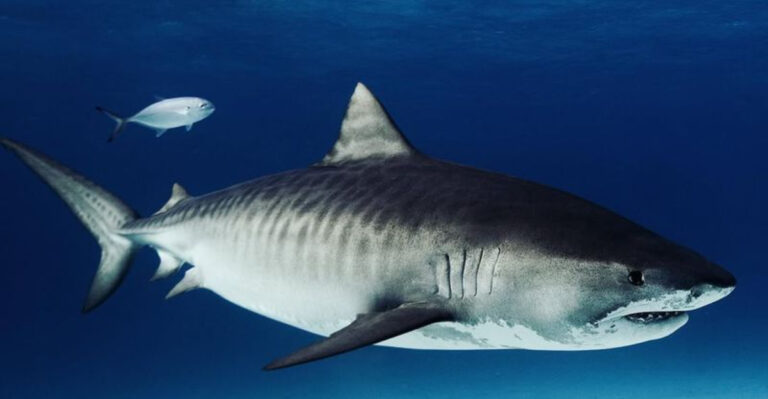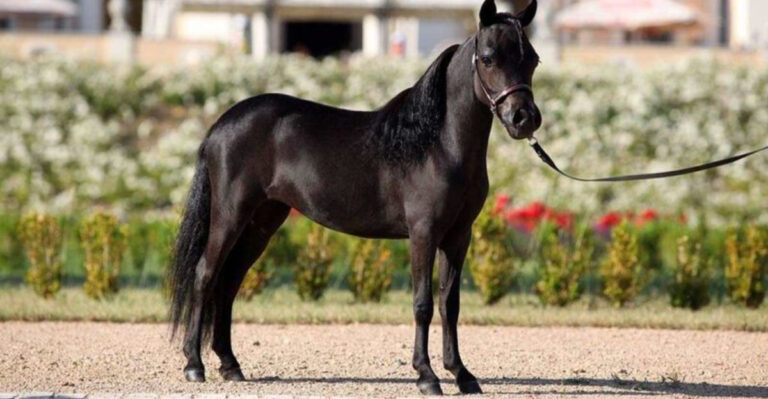15 Smart Tips For Choosing The Best Birdhouse To Attract Nesting Birds

Watching birds build nests and raise their young is one of nature’s most delightful shows, happening right in your backyard!
Choosing the right birdhouse makes all the difference between an empty box and a thriving bird nursery.
Whether you’re a beginner or experienced birder, these practical tips will help you select birdhouses that birds actually want to call home.
1. Natural Materials Win Every Time
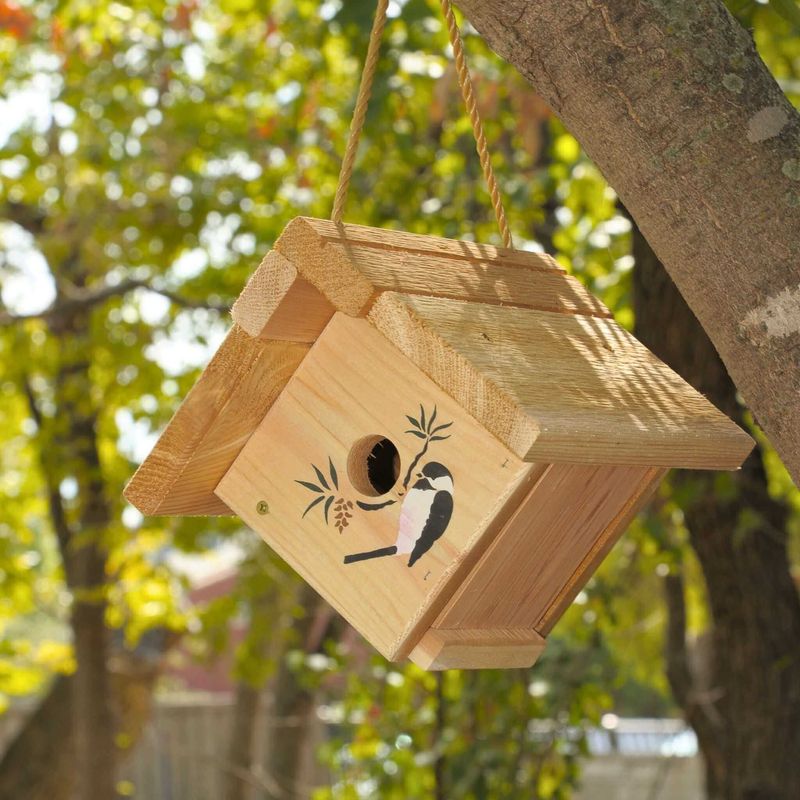
Birds instinctively seek shelter that mimics their natural nesting spots. Untreated cedar, pine, or cypress wood creates the perfect birdhouse material. These woods breathe naturally and regulate temperature inside the nest.
Avoid painted interiors, treated lumber, or metal houses that can overheat in summer sun. The chemicals in pressure-treated wood might harm delicate eggs and nestlings.
Rough-cut interior walls give baby birds something to grip when they’re ready to climb toward the entrance hole before their first flight.
2. Ventilation Prevents Overheating
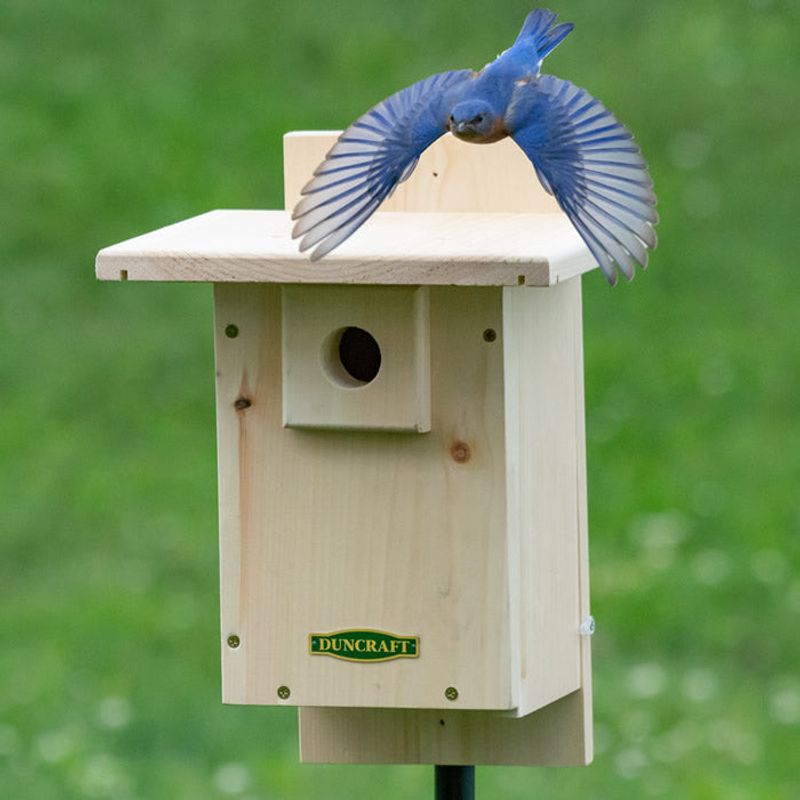
Small drill holes near the roof of your birdhouse create crucial airflow during hot summer days. Without proper ventilation, nestlings can literally bake inside during heat waves, with temperatures inside wooden boxes rising 20+ degrees above outside air.
Look for birdhouses with at least two ¼-inch ventilation holes drilled near the top, or a small gap between the roof and walls. These openings allow hot air to escape while keeping rain out.
Remember that most baby birds develop during the hottest months of the year!
3. Drainage Holes Are Non-Negotiable
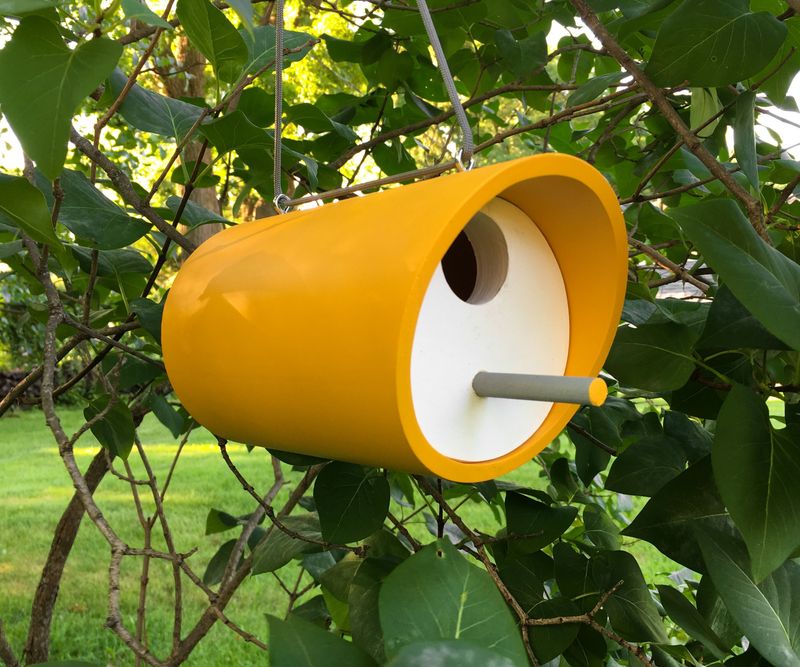
Rain happens, and without proper drainage, your birdhouse becomes a death trap for nestlings. Several small holes (about ¼-inch) drilled in the floor allow water to escape if it gets inside.
Some clever birdhouse designs include a recessed floor that sits slightly above the base, creating natural drainage channels. Check that these holes aren’t blocked by debris.
The best birdhouses also feature slight overhangs on the roof to direct rainfall away from the entrance hole, keeping the interior nice and dry.
4. Easy-Access Cleaning Features
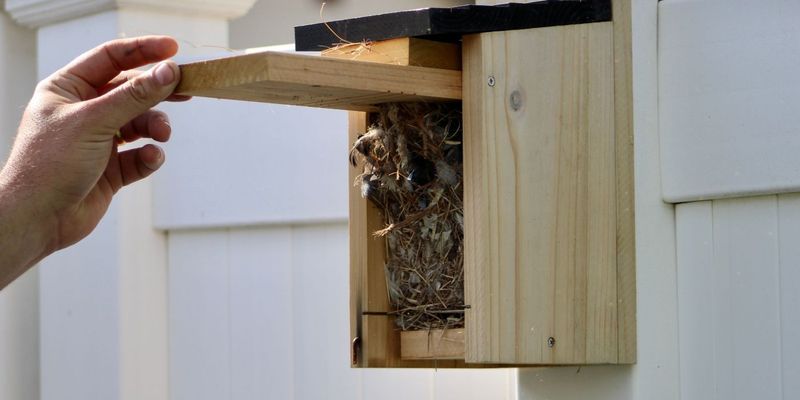
Birds won’t reuse nests filled with last year’s materials and potential parasites. A birdhouse with a hinged side, removable floor, or swing-away front makes annual cleaning a breeze instead of a battle.
Fall cleaning removes old nesting material that might harbor mites, lice, or bacteria. Without access panels, you’re stuck awkwardly reaching through tiny entrance holes with tools.
Some birdhouses feature clever side panels that swing open with a simple latch system – worth the extra few dollars for years of easier maintenance!
5. Skip The Perches
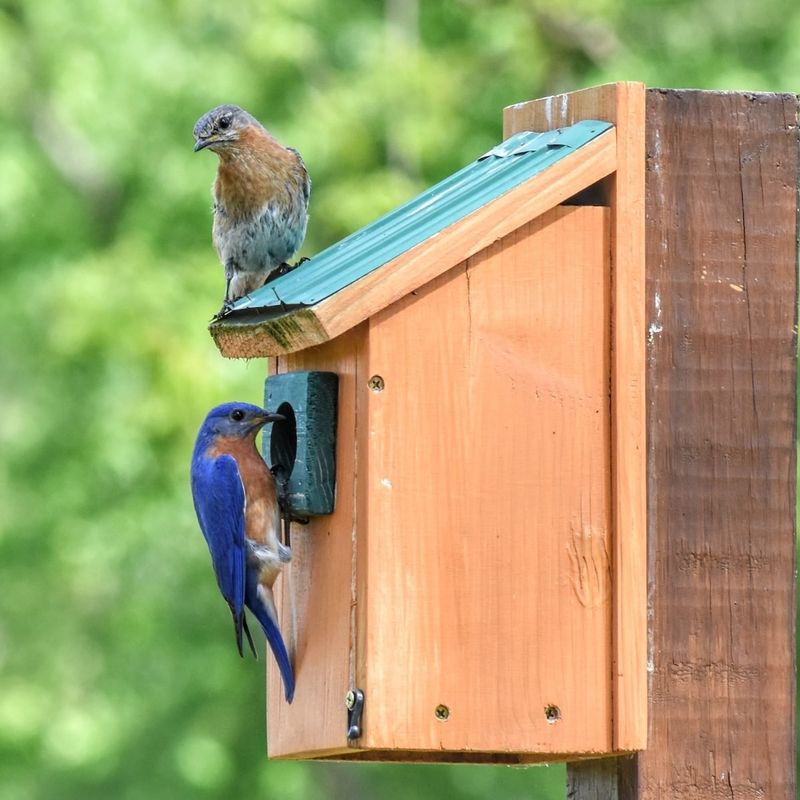
That cute little perch stick under the entrance hole? It’s actually a welcome mat for predators! Native cavity-nesting birds don’t need perches – they can easily grip the entrance hole directly when entering.
Perches give raccoons, snakes, and larger birds a convenient foothold while reaching inside for eggs or nestlings. They also help European starlings and house sparrows (invasive competitors) access and take over nest boxes.
If your birdhouse comes with a perch, remove it immediately with pliers. Your native birds will thank you!
6. Predator Guards Make All The Difference
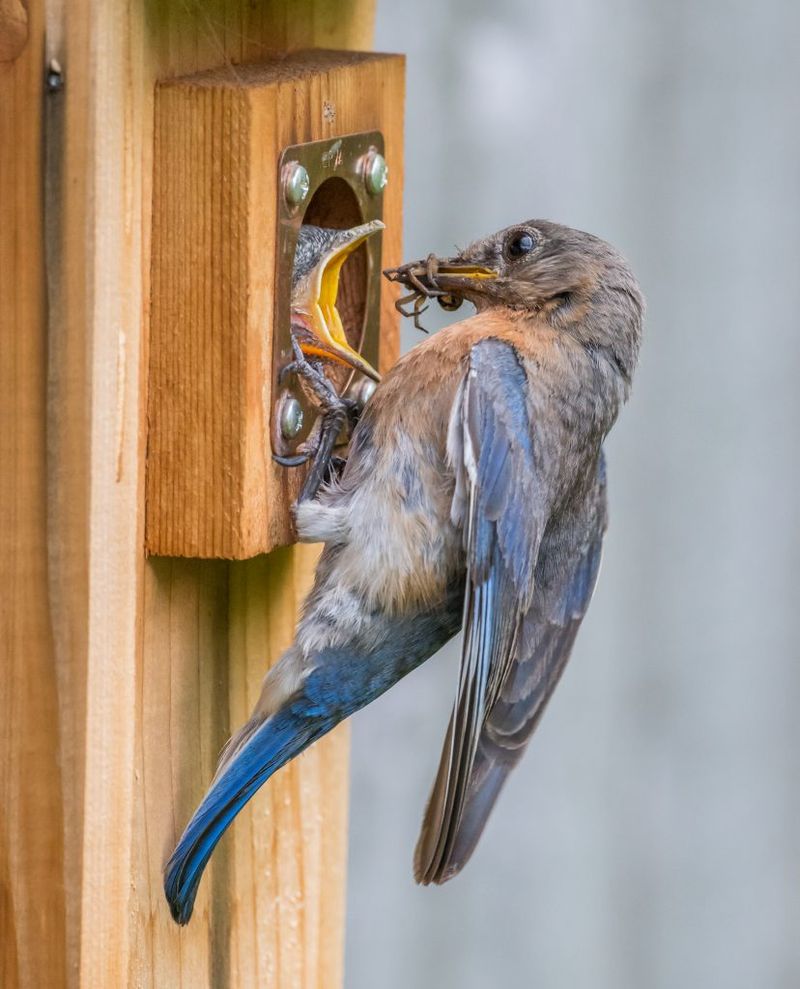
Clever predator guards dramatically increase nesting success rates. Metal entrance hole protectors prevent raccoons and squirrels from chewing to enlarge openings. These simple metal rings cost just a few dollars but can save entire bird families.
Pole-mounted birdhouses benefit from baffle guards – cone-shaped barriers that prevent climbing predators from reaching the nest. For tree-mounted houses, wrap-around barriers work similarly.
Studies show that properly protected birdhouses have nearly triple the successful fledging rates compared to unprotected ones!
7. Mounting Height And Location
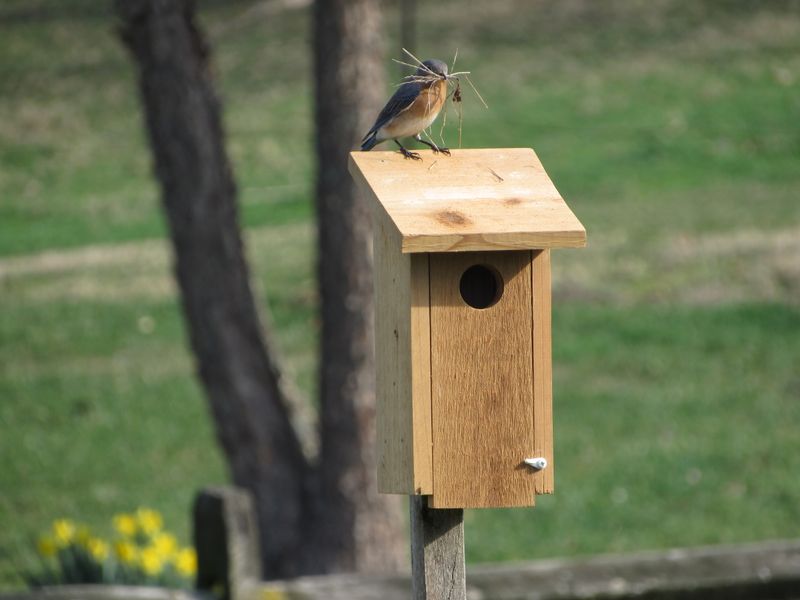
Height preferences vary dramatically between bird species. Bluebirds prefer houses 5-6 feet high in open areas, while wood ducks need waterside boxes 12-20 feet up. Research your target species’ preferences before installation.
The direction the entrance hole faces matters too! In most regions, facing the opening east or southeast provides morning warmth while avoiding afternoon overheating and prevailing rain directions.
For many birds, the surrounding habitat is even more important than height – chickadees prefer woodland edges, while purple martins need open flyways near water.
8. Right Timing For Installation
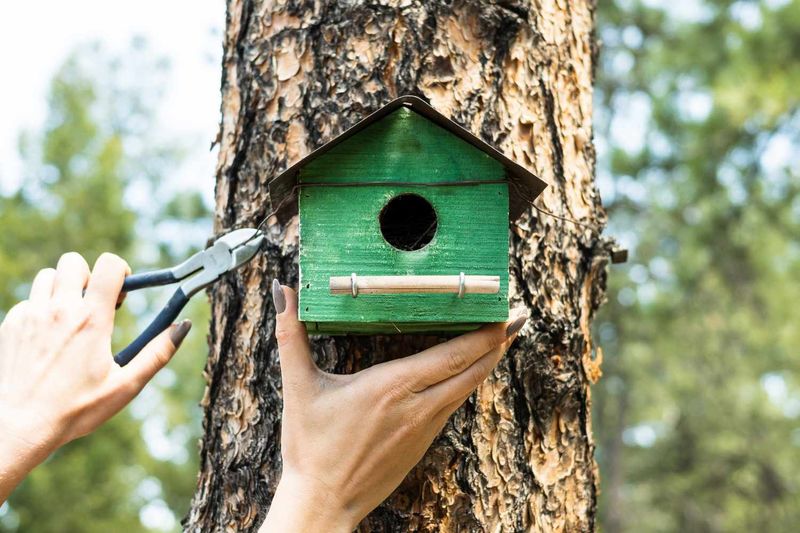
Hanging birdhouses in late winter gives birds time to discover them before the nesting rush begins. Many birds start house-hunting in February and March, well before they actually build nests.
Early installation also allows wood to weather naturally, reducing potentially off-putting fresh-cut smells. Some experienced birders install houses in fall, knowing birds often use them as winter roosting spots.
If you’re installing houses specifically for migrating species like purple martins, timing becomes even more critical – have houses ready at least two weeks before their typical arrival date in your region.
9. Proper Spacing Between Houses
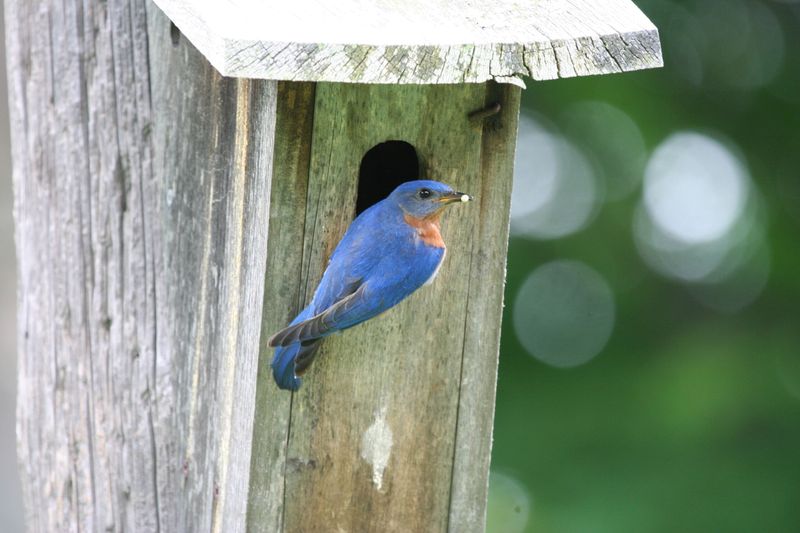
Most backyard birds are territorial during nesting season and won’t tolerate neighbors too close by. Space single-family birdhouses at least 25-30 feet apart to prevent territorial conflicts.
The exception? Colonial nesters like purple martins and tree swallows actually prefer living in apartment-style houses or clusters. These social species have evolved to nest in groups for better predator detection.
For bluebirds specifically, the North American Bluebird Society recommends houses be placed 100-300 feet apart along “bluebird trails” to accommodate their larger territories.
10. Match The House To The Bird
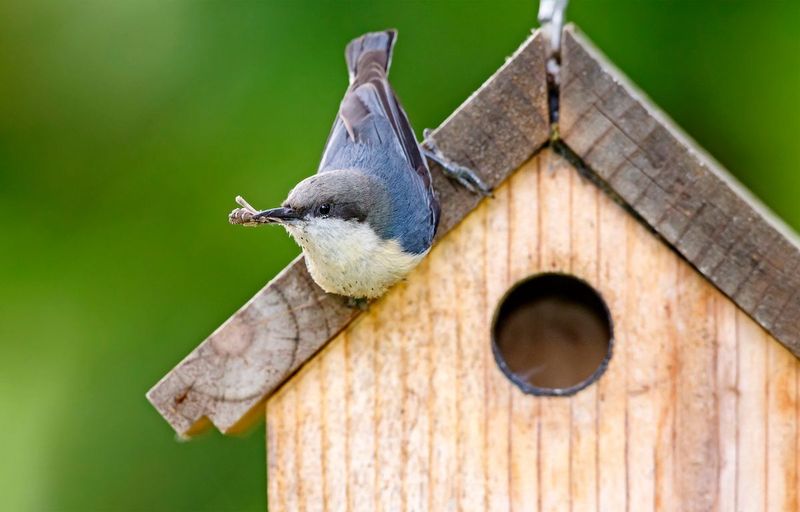
Different bird species need different sized homes! Bluebirds prefer entrance holes exactly 1.5 inches in diameter, while wrens are happy with 1-inch openings. Chickadees look for 1.25-inch entrances.
The interior dimensions matter too. Smaller songbirds need less floor space (about 4×4 inches), while larger birds like wood ducks require roomier accommodations. Research your local birds before shopping.
Getting these measurements wrong means birds will simply ignore your birdhouse, no matter how pretty it looks hanging in your garden.
11. Consider The Neighborhood
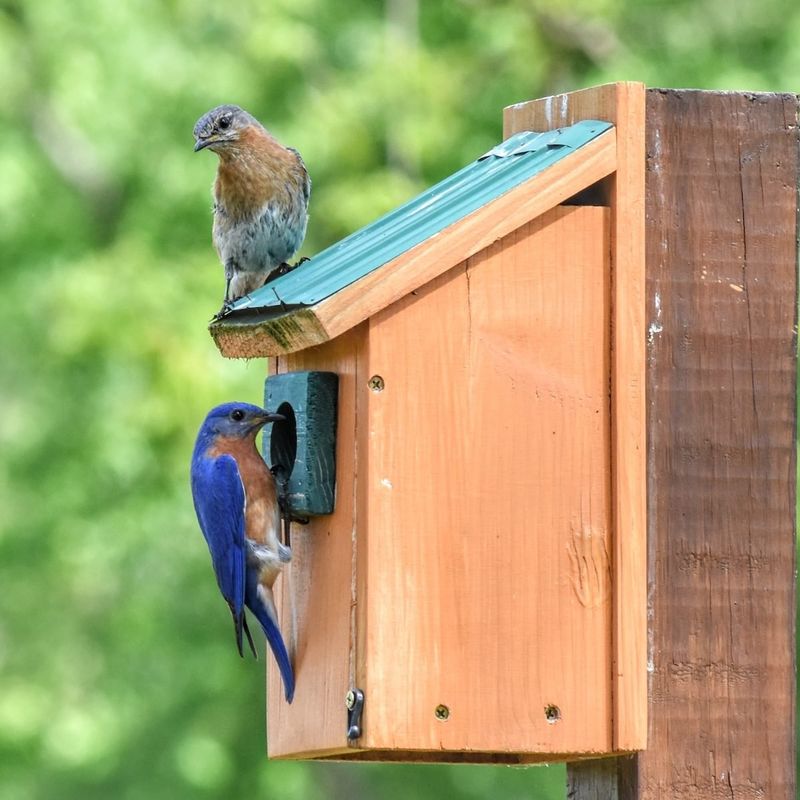
Your yard’s features dramatically influence which birds will use your houses. Open grassy areas with scattered trees attract bluebirds, while wooded edges appeal to chickadees and titmice. Houses near water draw tree swallows and wood ducks.
Food sources matter too! Birdhouses placed near native plants that produce seeds and attract insects see higher occupancy rates. Birds won’t nest where they can’t easily find food for their young.
Don’t forget about potential dangers – avoid placing houses near bird feeders (which attract predators) or busy human pathways that create too much disturbance.
12. Entrance Hole Protection

The entrance hole needs special attention beyond just the right diameter. A 1.5-inch thick front panel provides crucial protection, preventing predators from reaching inside to grab eggs or nestlings.
Some designs feature extended entrance tunnels or recessed openings that create additional safety. The distance between the hole and the floor inside should be at least 6 inches to keep predators’ paws and beaks away from the nest.
For extra protection, copper or metal hole guards can be added to prevent woodpeckers and squirrels from enlarging the opening.
13. Weather-Resistant Construction
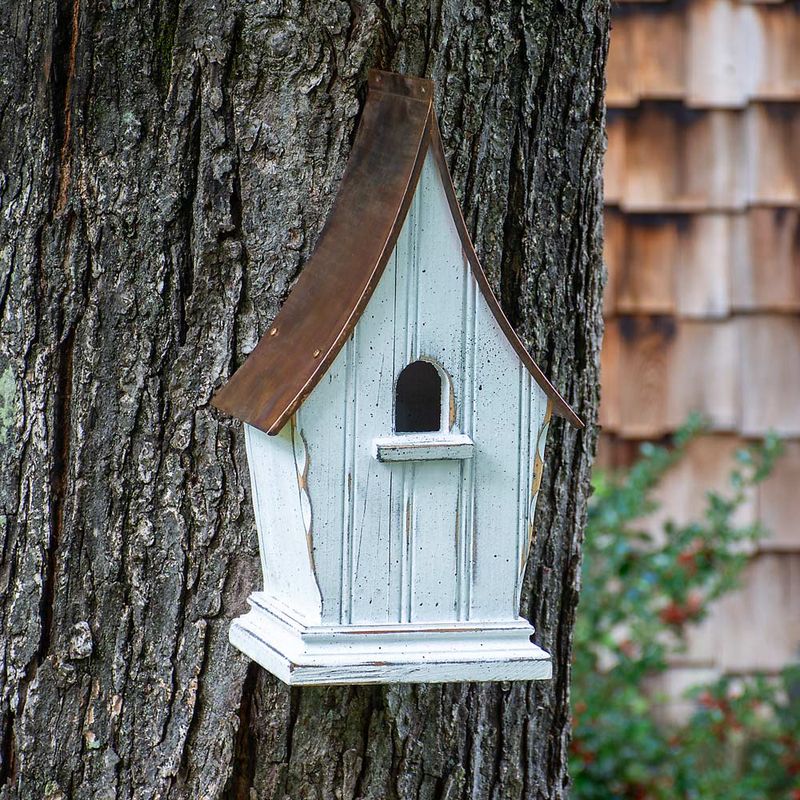
Birds need protection from the elements year-round. Look for birdhouses with overhanging roofs that extend at least 2-3 inches beyond the entrance hole to shield against driving rain and midday sun.
Sloped roofs prevent water from pooling and eventually leaking inside. Some premium designs include tiny gaps between roof and walls for additional ventilation without letting in moisture.
The best houses use exterior-grade screws rather than nails, which can loosen over time as wood expands and contracts with temperature changes. These small construction details make a huge difference in longevity!
14. Interior Texture Matters
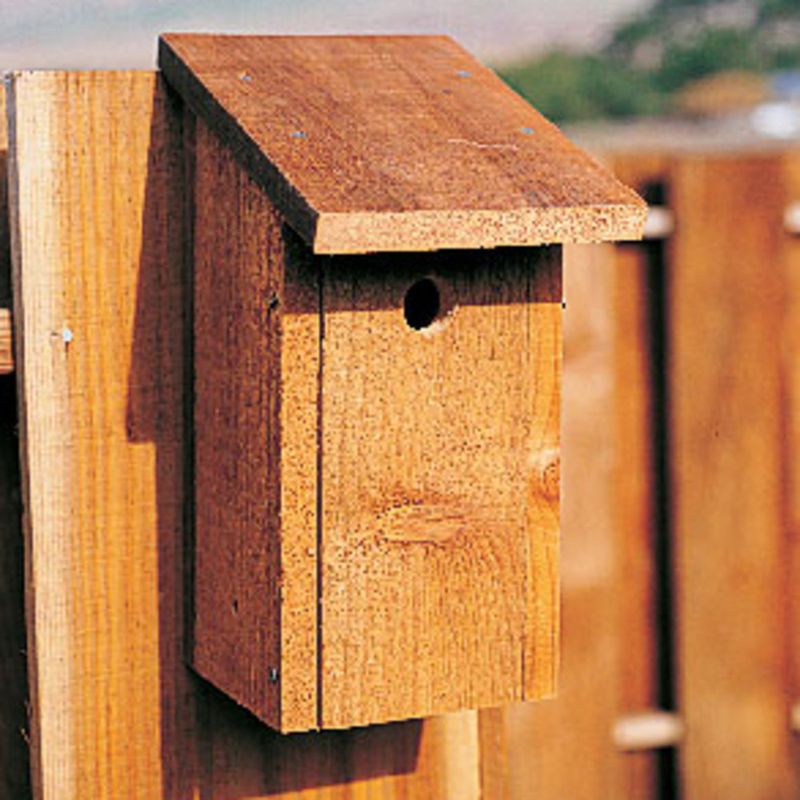
Smooth interior walls can be deadly for baby birds! When nestlings prepare to fledge, they need to climb up to the entrance hole. Rough, unfinished wood gives them necessary grip for this crucial journey.
If your birdhouse has a smooth interior, add vertical grooves with a saw or attach small strips of mesh to create climbing surfaces. Some commercial houses feature special interior texturing specifically for this purpose.
Pay special attention to the area directly below the entrance hole – this is where young birds need the most help climbing out for their first flight.
15. Avoid Decorative Houses
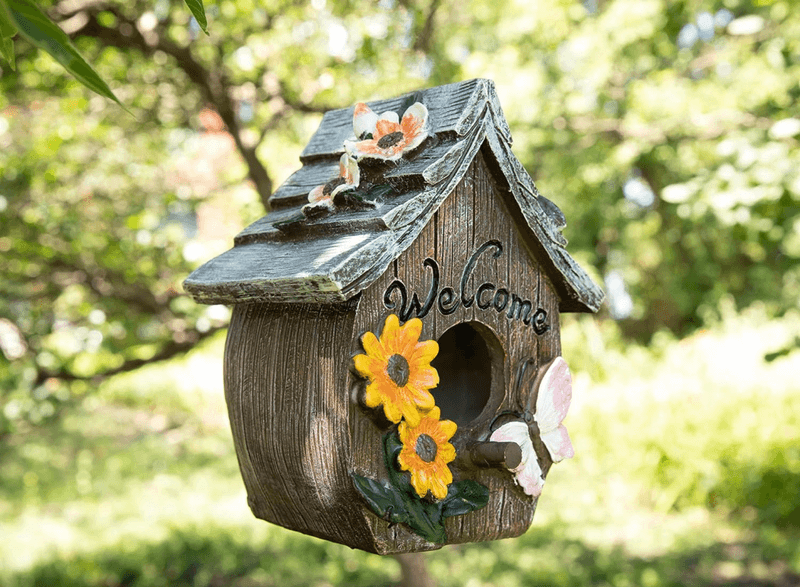
Those adorable, brightly painted birdhouses shaped like barns and cottages? They’re usually better as garden decorations than actual bird homes. Fancy details often create problematic nooks where rainwater collects or predators can perch.
Birds don’t care about cute paint jobs or whimsical designs – they want safe, functional cavities. Many decorative houses lack proper ventilation, drainage, or predator protection.
If you love the look of decorative houses, use them as garden art while providing plain, functional boxes nearby for actual nesting. Your local birds will thank you!

